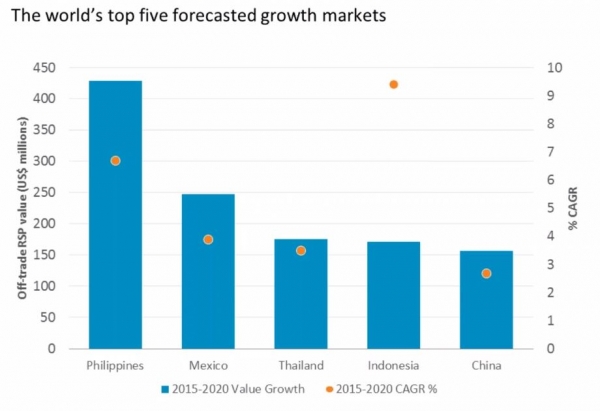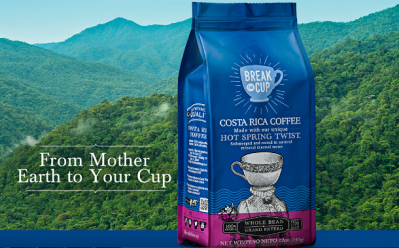Premiumization leads the way in global coffee market, including instant coffee category

“This growth is coming predominantly out of the developing world, like Asia and the Middle East, where consumers are finding instant coffee a quick, attractive, easy to make way not only to get energy but also to get a quick taste of modern westernized lifestyles,” Euromonitor analyst Matthew Barry said.
Interest in premiumization has pushed instant coffee into the background in developed markets.
“It is under assault from adjacent categories, especially fresh coffee and pods,” Barry said.
Asia to be epicenter of instant coffee growth
While there is low consumption of instant coffee generally speaking in the Western hemisphere (with the exception of Mexico and Colombia), Eastern Europe is leading the rest of the world in instant coffee consumption. But this will not be the case for long, Barry noted.
“Eastern Europe is leading the rest of the world by consumption although this is not expected to last because Eastern Europe is a very mature market,” Barry said. “Asia Pacific and Middle East and Africa will pass up Eastern Europe by the end of the forecasted year (2020).”
Parts of Asia, specifically southeast Asia, stand out as the leaders in this instant coffee consumption trend.
Three out of the top five growth markets are in Southeast Asia, according to Euromonitor research, and growth is expected to take off in mixed instant coffee varieties, which incorporate creamer and sugar, compared to standard black coffee.
“Generally speaking, tea drinking markets are the ones that prefer these mixes, their history of drinking is toward sweet tea,” Barry said.
Borrowing from third wave, fourth wave coffee is here
Euromonitor predicts that another wave of coffee consumption is on the horizon in what some are calling the “fourth wave,” which involves instant coffee adapting features of the “third wave” coffee movement, driven by developed countries demand for premium products.
The continued premiumization of coffee is evidenced by the rise of specialty coffee shops that have created a demand for higher quality coffee as baristas use fresh coffee beans to make specialty drinks like lattes or cappuccinos.
The rise of coffee shops has also expanded the global consumer base for premium coffee by creating a coffee culture in traditional tea drinking markets such as China, Iran, and the UK, according to Euromonitor analyst Virginia Lee.
“Specialty coffee shops have seen huge growth. The number of specialist coffee shops has grown worldwide from 54,000 outlets in 2005 to 84,000 in 2010, reaching 107,000 in 2015,” Lee said. “In developed markets, the expansion of coffee shops is driving the growth of premium and specialty coffee varieties such as fair trade, direct trade, single origin, and limited edition.”
According to Lee, the opportunity for instant coffee in developed markets will be through a fourth wave of coffee, which borrows elements from third wave coffee such as transforming hand crafted coffee made from sustainably-sourced beans into more portable and convenient formats (e.g. cold brew and nitro coffee).
“Coffee is no longer fuel or a quick burst of energy to wake up and get through the day,” Lee said. “Consumers, especially millennials, view coffee as an artisanal product, similar to wine.”








